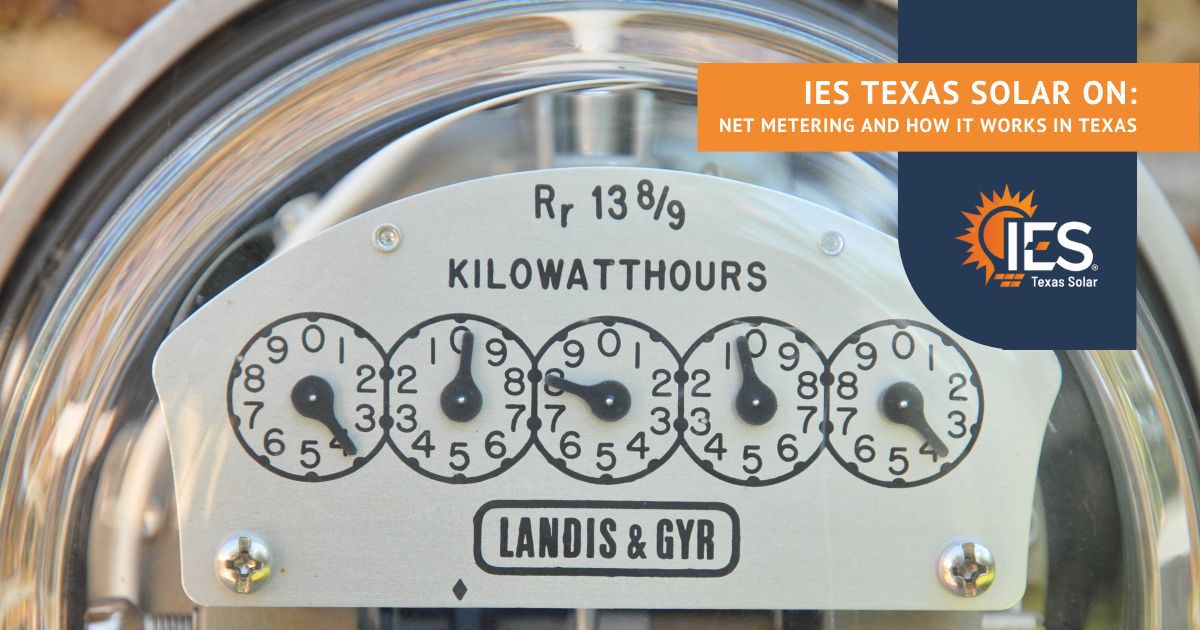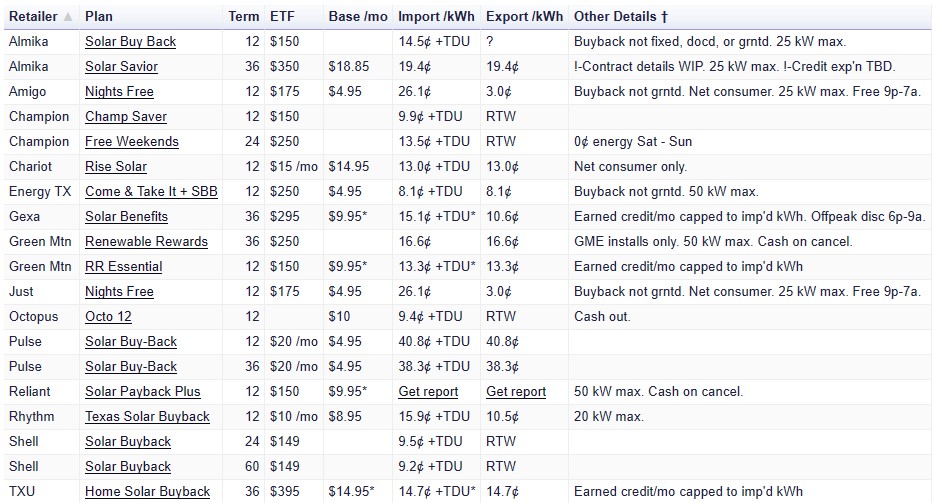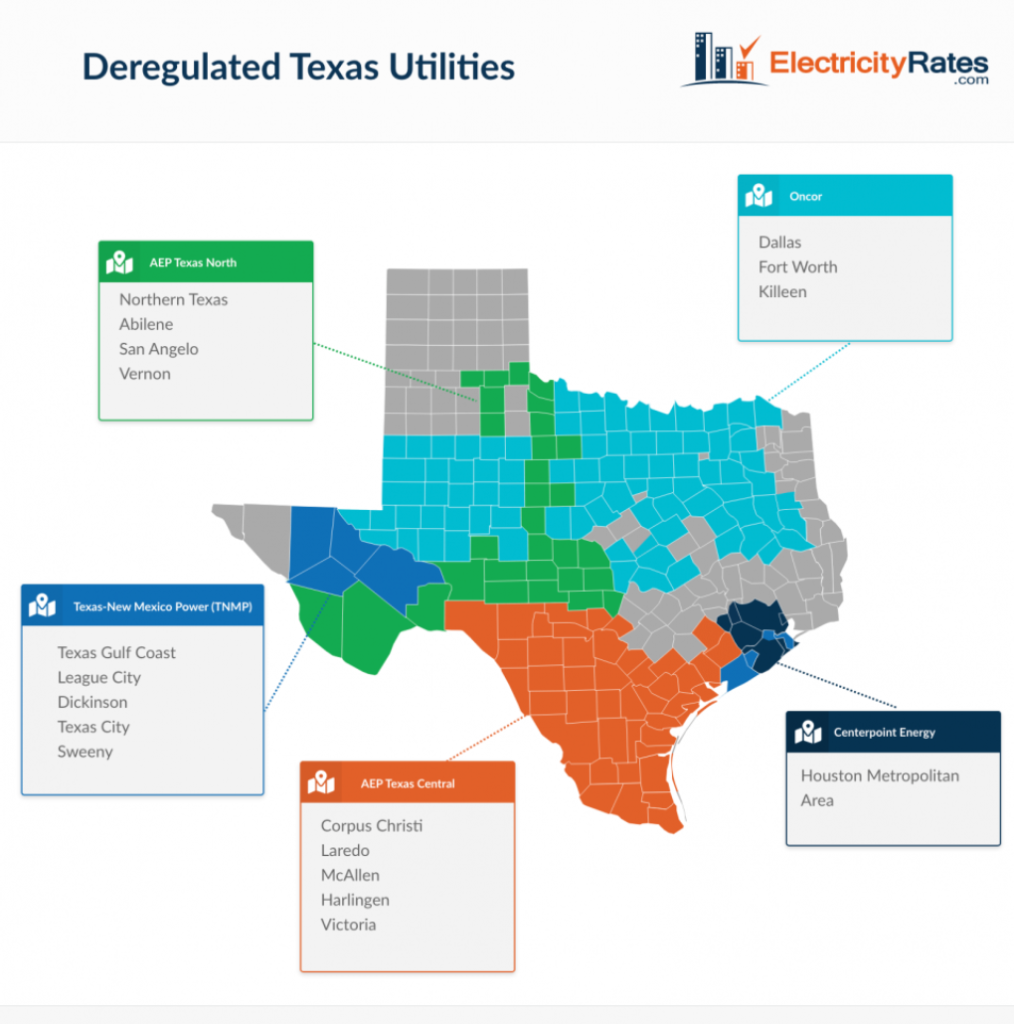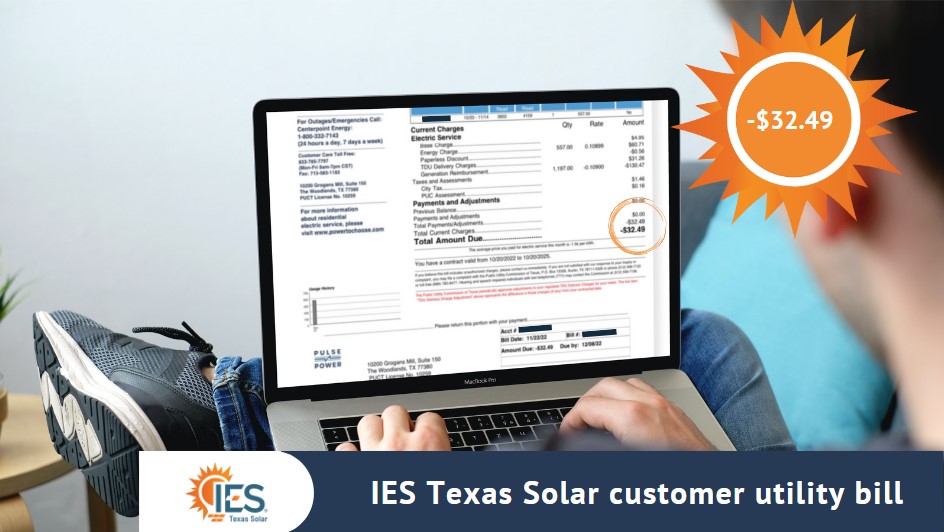
Time to read: 8 minutes
January 31, 2023
Solar powered systems set a high standard when it comes to a stable, sustainable, and cost effective way to generate power. Many Texans take advantage of the never ending sunshine they get with carefully designed solar power systems. On top of using less electricity, they can also send electrical power back to their utility providers. Texans are able to do this through another incredible benefit they get from going solar called net metering.
What is Net Metering?
Net metering is a type of solar buyback program that lets you send the extra energy your solar panels are producing back to your utility company for NEM credits. Your credits are used to offset your electricity bills. Depending on the type of net metering you choose (see below) you can even save the credits for future use. In many cases, you won’t use up all of the electricity that your solar powered system creates. Most Texans, even if they only install solar panels, should be able to use net metering. With net metering, you only pay for the difference between the energy you used and the energy you sold – the “net” amount you used.
You also don’t need backup batteries to use net metering. Keep in mind that backup batteries are still a great thing to add to your solar power system. It’s worth mentioning that backup batteries work exceptionally well when it comes to energy storage. This is especially useful if you want to store your power rather than give it back to your utility provider.
At this point you might be scratching your head and thinking “wait, this sounds a lot like solar buyback”. You’re absolutely right! It sounds very similar, but there are some differences to keep in mind. Let’s go over the differences between net metering and solar buyback and how they work. Let’s begin with the difference between how it is offered in Texas as opposed to the rest of the U.S.
Net Metering vs Solar Buyback
So what’s the difference between using traditional net metering and traditional solar buyback? While solar buyback usually has different kWh prices for electricity that is used and generated, net metering typically gives you full credits for every kWh sent to your power grid. Additionally, some Texas solar buyback plans also allow you to roll over the credit you’ve earned. On top of that, different types of programs offered let you bank your credits to use later.

Let’s look at an example of solar buyback to get a better look. Say that a customer for the retailer Pulse decides to enroll in their Solar Buy-Back plan for the 12 month term. This customer would have this plan for 12 months and pay (imports) 37.7 cents per kWh. Their plan lets them earn 37.7 cents per kWh that they give back (export) excess power to the grid.
Compare that with other plans listed here like the Texas Solar Buyback plan offered by Rhythm. This example charges you 15.9 cents per kWh plus a TDU (Transmission and Distribution Utility) charge to maintain electrical delivery lines to import your electricity. It only gives you 10.5 cents in credit when you send them electricity. Other plans have different rates and details even when they are provided by the same utility retail company. It’s also important to note that some of these plans also have base monthly fees that they charge as administrative fees and non-usage costs.
Newly released net metering offset program for Texas became available in January 2023.

There are many deregulated cities in Texas to include Houston, Dallas, Waco, Corpus Christi, Fort Worth and many more! Deregulation began in 2002 and since then Texas has become the largest deregulated market across the United States. Contact our team learn more!

What’s the Difference?
Net metering rates are determined by state policies in many parts of the US while utility companies determine the rates for solar buyback. Texas net metering is different; in the Lone Star state, utility companies offer net metering and determine the rate. The majority of Texas companies offer bi-directional metering but still refer to it as net metering.
To summarize:
- Net metering is when you pay for power at retail price, and you are able to sell back your excess electricity from your solar powered system for a credit at that same retail price. You end up paying for the difference between the price for what you used and the credit you got back. Credits that you earn are subtracted from your bill. Companies in Texas offer a form of buyback that they say is net metering but is actually bi-directional metering.
- Solar buyback is when you buy your power from the Texas power grid at retail price and earn back credit at a solar buyback price the utility provider determines for your excess power. Solar buyback amounts are often lower than retail prices and vary between utility companies.
Both of these options are excellent choices for anyone with a solar powered system. They also help you make the most of your long-term investment in this type of stable and renewable power source.
Types of Net Metering
Generally, there are several models of net metering.
- Bi-directional Metering: When most companies in Texas offer net metering, this is what they provide. This uses a single meter, deals with real-time usage, and rarely offers the retail rate for your electricity. The plus side of this though is that while they won’t usually buy your electricity back at the same rate, even a reduced rate can go a long way towards reducing your electricity bills.
- Net Metering: Solar panels create power while surplus energy is sent to your utility company for credits at retail price. You can use those credits to offset any energy that you get from the power grid. This model tends to be simple and fairly common.
- Net Billing: This model lets you sell your extra energy to the utility company, but you can’t save credits for billing cycles in the future.
- Buy all/Sell all: In this model, you sell 100% of the energy your solar panels create to your utility provider at wholesale price while, in return, 100% of your home’s electricity is provided by the utility company at retail prices. This usually requires two different meters and you end up paying the difference between what you use and the power produced. Your solar panels essentially just provide power to the electric company in this case. In most states, this is called a feed-in tariff.
- Monthly: This model treats each month as a brand new billing period. This model is sometimes offered at a retail rate.
The Bottom Line?

Whether you go with net metering or solar buyback, IES Texas Solar has everything you need. Energy stability, long-term sustainability, and a renewable source of power that helps the Texas power grid stay stable. By going solar and adding backup batteries and a Generac home standby generator, you can gain energy independence, withstand long power outages, and even reduce your electric bills. When you pair that all up with net metering and solar buyback, there’s a bright and sunny future ahead for you.
If you are considering installing a backup generator or switching to solar for your home or business, reach out to us by going to our website, iestxsolar.com, or by giving us a call at (855) 447-6527.
Sources:
https://www.cnet.com/home/energy-and-utilities/net-metering-how-you-can-get-paid-for-solar-power-you-generate/
https://www. texaspowerguide.com/solar-buyback-plans-texas/